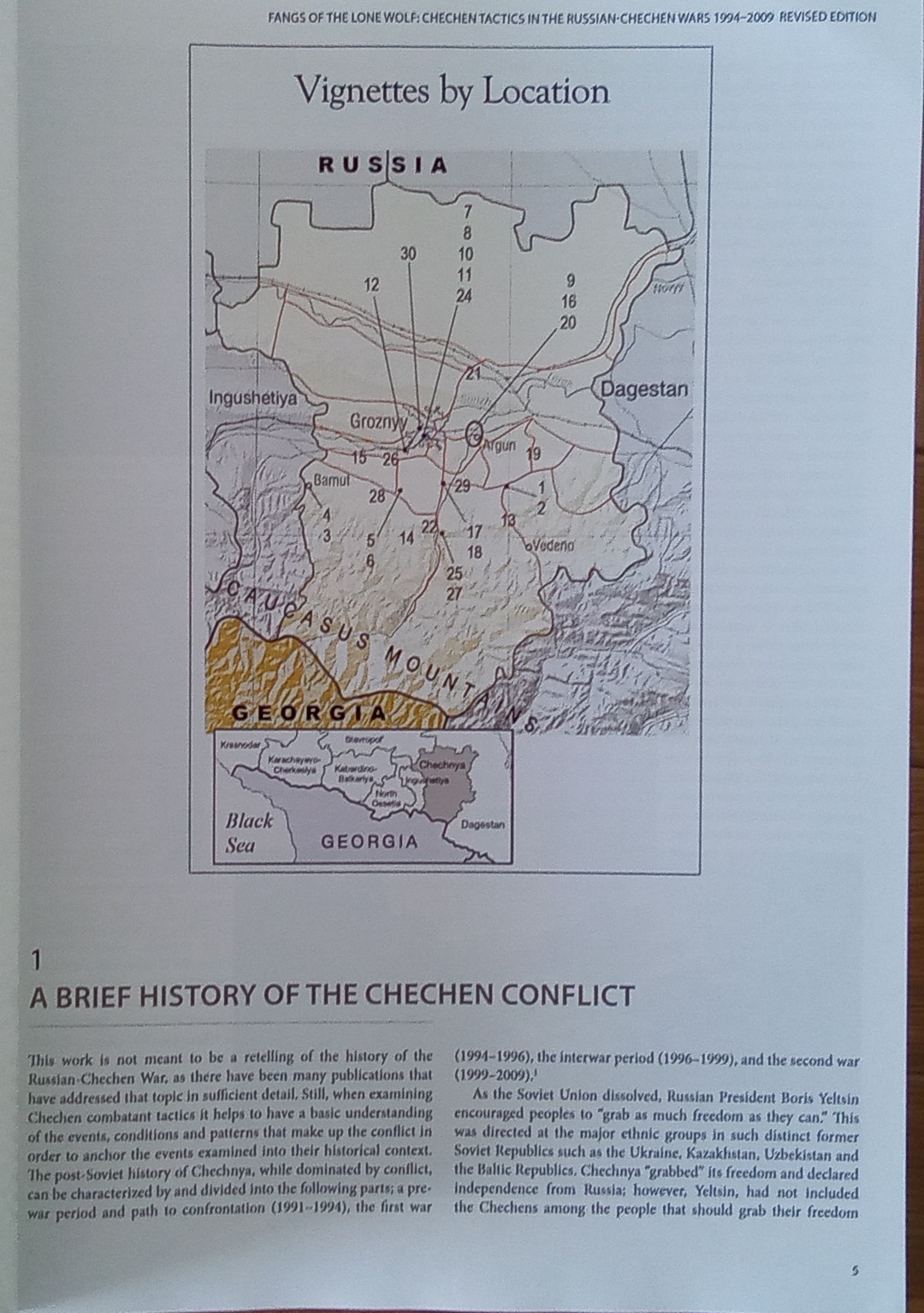#23 in Europe @ war series by Dodge Billingsley.
The military professional will appreciate the book’s crisp narration, organization by type of combat, accurate color maps and insightful analysis and commentary. The civilian reader will discover the complexity of “simple guerrilla tactics” and the demands on individual perseverance and endurance that guerrilla warfare exacts.
The book is organized into vignettes that provide insight on the nature of both Chechen and Russian tactics utilized during the two wars. They show the chronic problem of guerrilla logistics, the necessity of digging in fighting positions, the value of the correct use of terrain and the price paid in individual discipline and unit cohesion when guerrillas are not bound by a military code and law.
Guerrilla warfare is probably as old as man, but has been overshadowed by maneuver war by modern armies and recent developments in the technology of war. As Iraq, Afghanistan, the Philippines and
Chechnya demonstrate, guerrilla war is not only still viable, but is increasingly common. Fangs of the Lone Wolf provides a unique insight into what is becoming modern and future war.
This revised edition reproduces Fangs of the Lone Wolf in Helion’s @War format, with added colour photographs of the conflict, along with specially commissioned colour artworks.
This edition has 90 pages in profile format, slightly larger than A4, 11 b&w photos, 65 colour photos, 21 colour profiles, 31 colour maps, 1 diagram.
This book is fairly conventional in its contents, having a foreword, preface, acknowledgements, etc before heading into the meat of the subject, opening with 1. A brief history of the Chechen conflict, 2. Defence of an urban area, covering 4. Raids, 8. Mining and antitank, 9. Attack, 10. Shelling and sniping attacks - very interesting to read, and 11. Conclusions. There is a bibliography, notes, and a bit about the author, too.
I found this a very informative read on a little-known conflict, that flows well, even if I did stumble on a few of the names, whether place names or persons. The conflict is fairly conventional in its origins and execution, in that after Boris Yeltsin told everyone to grab freedom where they could, Chechens did just that, but it turns out the offer did not extend to them. Russia saw Chechnya as a bulwark on the southern border, rich in natural resources (read, oil), and committed considerable resources to retaining the prime land occupied by the locals. The narrative then looks at how Russia stumbled in, took a hiding, retreated, regrouped, and re-applied themselves to recovering the land and subduing the population.
The narrative looks at how this then took on a religious bent with Chechnya being a Muslim nation, and Muslim soldiers from around the world, well, a few counties anyway, coming to the cause to keep Chechnya free.
The author is well versed in the conflict, having been there and spoken to the participants, with first person interviews giving the narrative both context and credibility, supported with maps, adding to the value of the book.
I enjoyed the read and found it to be well written. I particularly liked the colour profiles (see below), and the photographs included, as being great reference for modelling purposes. There is no padding here, the book is entirely content and does a great job of simplifying this conflict into 90 pages without losing any meaning in the process.
Easily recommended for persons interested in little known conflicts that are written close to the source, persons seeking to understand this particular conflict, or for modelling references.
Rear cover.

Modelling references, there is a second image of the 2S1 turret from another angle, too.

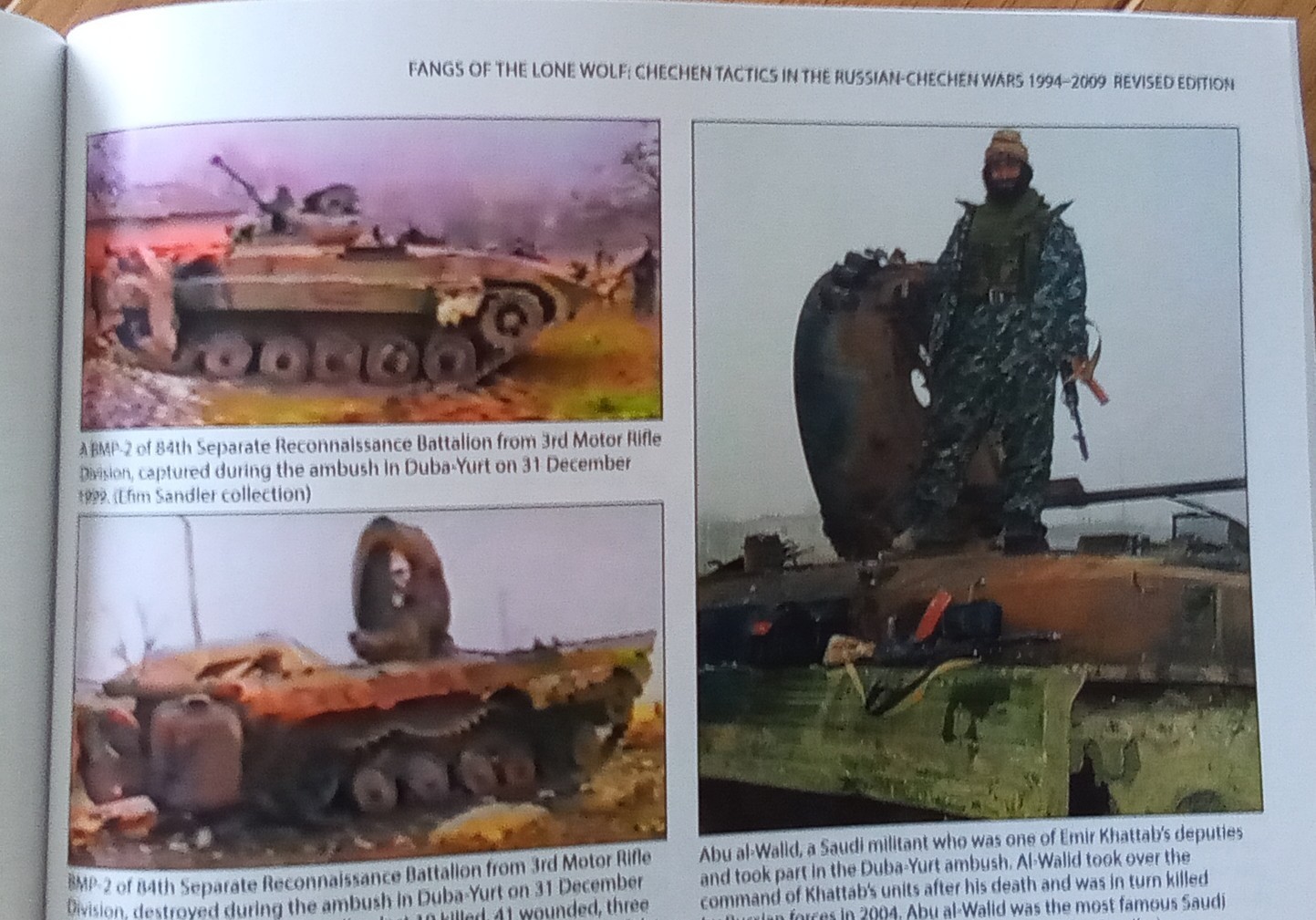
A weary warhorse, well weathered, and still working. With some soldiers, too.
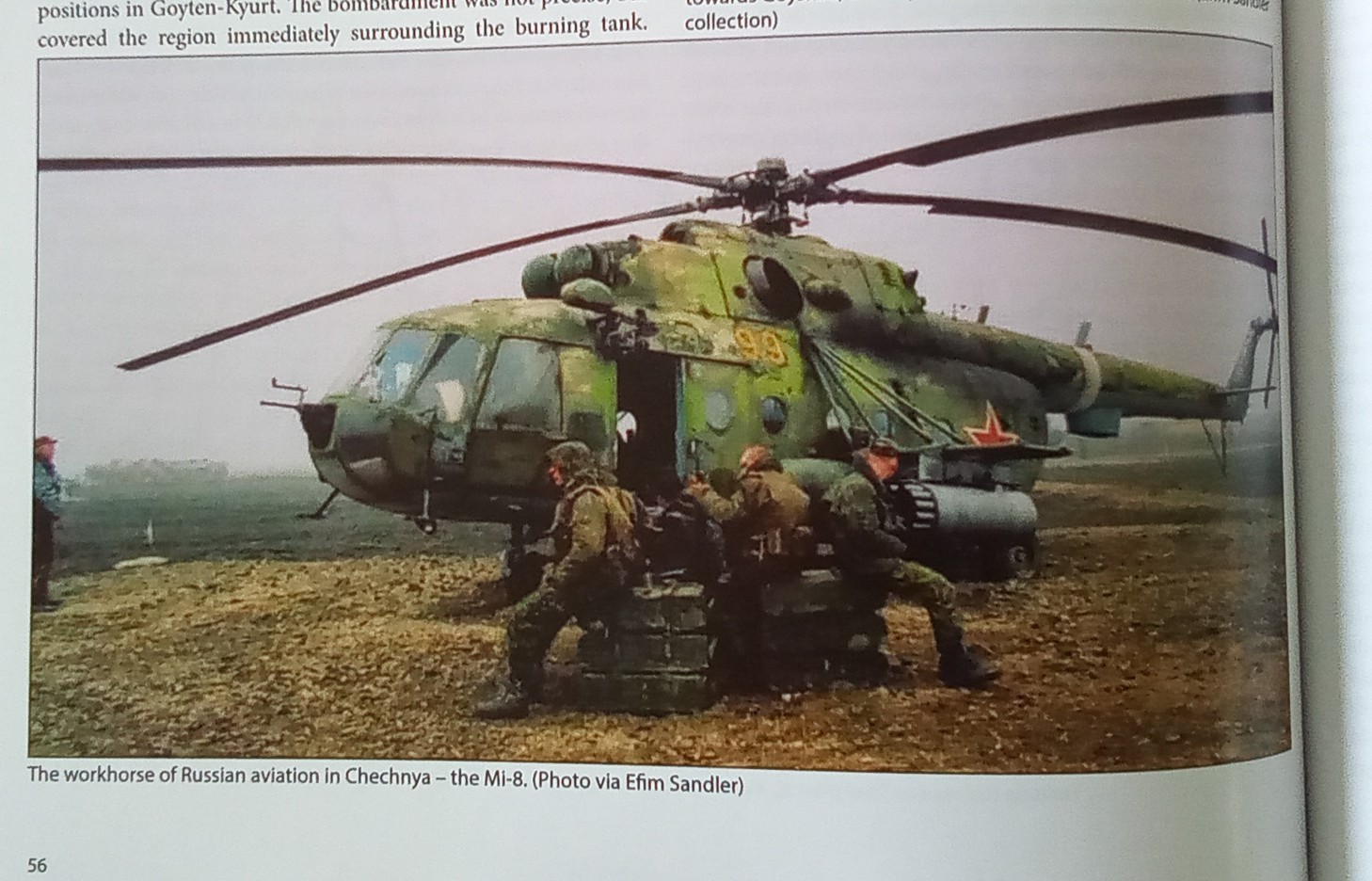
Colour profiles with the camo schemes explained and identified. Very most helpful.
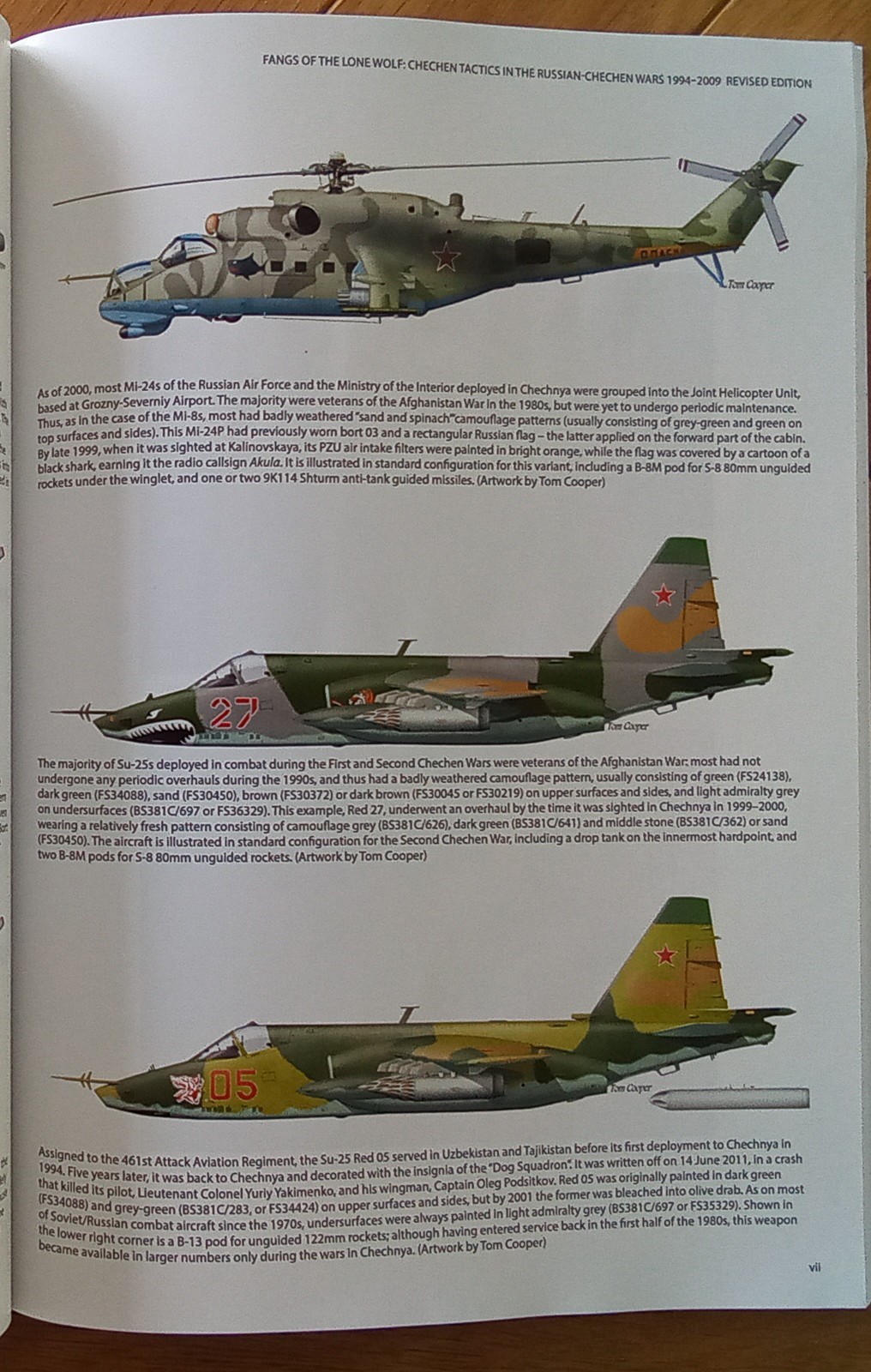

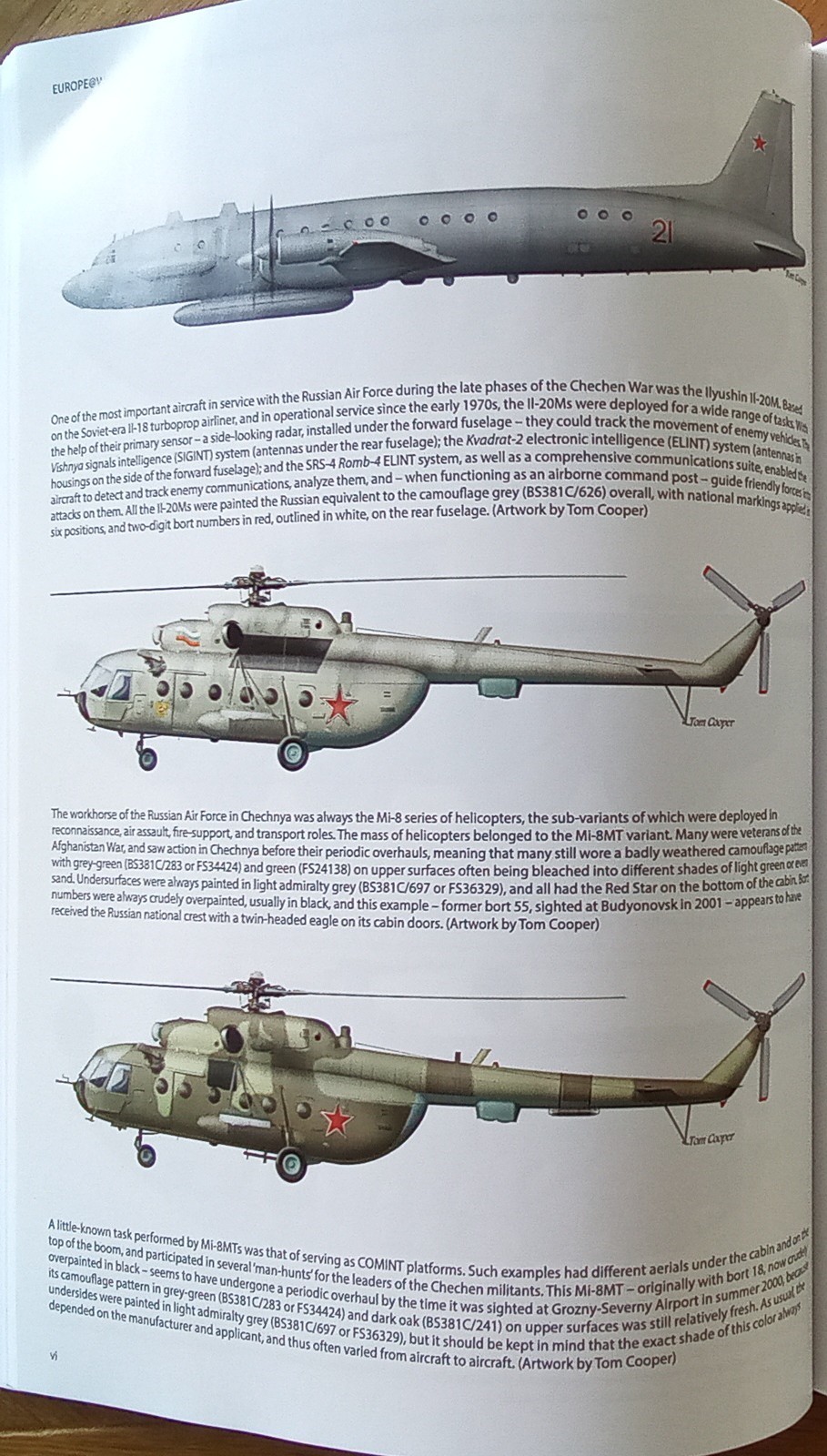
A map, very helpful when reading the vignettes.
